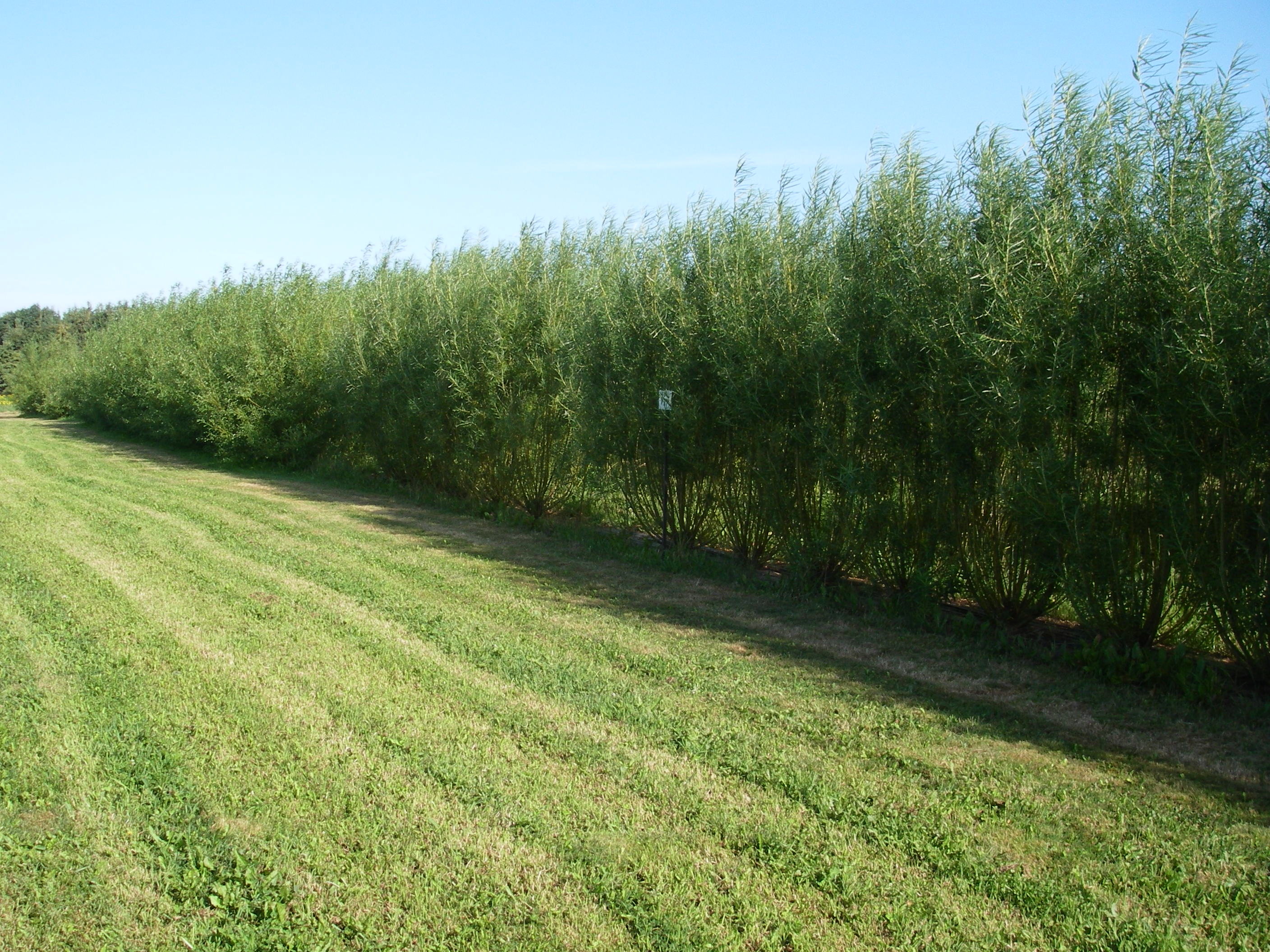PEI Hosting Agroforestry Conference

Test site of willow hedgerow: Photo courtesy of PEI Government Dept. of Agriculture and Forestry
- Read more about PEI Hosting Agroforestry Conference
- Log in to post comments

A look at a map showing the vintage of our B.C. forest inventory shows much of it is at least ten years out of date. Now is a good time to get things current. With the mountain pine beetles running out of wood we have to make sense of the dead and degraded bug-attacked forests that cover millions of hectares of the province. We also have to closely monitor our second growth plantations, particularly young pine stands that are showing serious forest health problems.
Forest restoration is a term likely to get more use here in B.C. as we head into the uncertainties of life after the mountain pine beetle plague. It makes sense, given that whatever tactical opportunities we had to mitigate the extent of the attack are mostly over. We are now in what we might call a post-mountain pine beetle phase of forestry. It would seem provident then to think about putting things back in order.
Jack pine (Pinus banksiana) is an important tree species to Saskatchewan. Of Saskatchewan’s commercial tree species, jack pine makes up approximately 17 per cent of the provincial forest types (PFT) in the commercial forest and over 38 per cent of the PFTs in an area called the Island Forests. The Island Forests in Saskatchewan are located within a transition area between boreal forest to the north and grasslands to the south (the Boreal Plains ecozone).
The Ontario Forestry Association (OFA) will be hosting its 64th Annual Conference on February 8th in Alliston, Ontario. ‘Our Working Forest’, the 2013 theme, will focus on the importance of the forest industry, the contributions that forestry makes to our economy and culture, and the opportunities that forests present to Ontarians. The OFA hopes to restore the image of the industry using our annual conference as an opportunity to engage landowners, forestry professionals, students and the general public.
The First Nations Forestry Council (FNFC) understands the importance of silviculture and is excited to be involved in supporting communities through the creation of, or participation in, programs that support the best management of our lands and resources.
In May a group of contractors and forest management heads got together in Truro, N.S. to discuss reactivating the association. The impetus was the shortcomings of the Registered Buyers Program which historically provided silviculture funding for small private woodlots. It may not be known throughout Canada that 60-70% of N.S. woodlands are privately owned by 30,000 owners. Since 1998, funding has been generated by a combination of landowners paying a percentage of wood sold, receiving mills paying a percentage of wood bought and the province paying a percentage.
The BC silviculture sector has always worked with the threat and application of penalties for anything less than near perfect quality performance. Recently, after a few decades’ hiatus, the planting quality inspection guidelines were reviewed and updated by the MFLNRO and contractors. Subsequently there have been successful workshops on implementing them, run jointly by the WSCA and the Forest Practices Branch. More are planned.
I wish I could take credit for that headline, but it’s not mine. I borrowed it from my colleagues Carlin Starrs and Tom Davidson, who have written an article entitled, ‘Seeing the Forest for the Tweets: Making the Most Out of the Convention Using Twitter’; the convention being the Society of American Foresters’ National Convention, to be held October 24–28 in Spokane, Washington. Starrs’ is SAF’s social media guru; Davidson, a forester and leadership consultant (www.DavidsonLeadership.com), writes the SAF Leader Lab column for The Forestry Source, SAF’s newspaper.